If you’ve ever had any plumbing work done in your home, you may have heard of the handy material known as plumber putty. But what exactly is it? Where does it come from and how is it used?
Plumber putty is a type of sealing compound used by plumbers in the installation or repair of plumbing fixtures. It’s a thick, malleable substance that can easily be molded into place to form airtight seals around faucets and other plumbing components.
This product is also relatively inexpensive and easy to use, making it a popular choice for many DIYers. Let’s dive into what plumbers putty is, its uses, and why you might need it.
Schedule Service Online
Get a free estimate so you know what you're signing up for
"*" indicates required fields
For Emergency Services Call: 410-255-9300

Composition and Uses of Plumber’s Putty
Plumber putty is made from a combination of talc, linseed oil, and mineral oil. While this composition may sound simple, it gives plumber putty excellent adhesive properties which makes it great for forming watertight seals between hard surfaces like metal or glass.
It’s also non-toxic when cured so there are no worries about any dangerous chemicals leaching from the sealant into your water supply.
The primary use for plumber putty is to seal areas such as sinks, drains, showers, bathtubs and more. And because it’s easy to shape into any size or shape needed, it can be used to fill gaps around fixtures and pipes to provide an airtight seal that won’t leak water or air. Plus it creates a fungus proof seal.
Additionally, some types of plumber putty are designed specifically for use on porous materials like concrete or granite, quartz, and marble — these varieties are extra tacky so they stick better to rougher surfaces than regular putty would.
Why You Might Need Plumber’s Putty
Plumbing projects inevitably require some sort of sealing material at one point or another — whether you’re installing a new sink drain or replacing an old one with a new model; putting in a new shower faucet; sealing around pipes temporarily; fixing leaks in existing fixtures; etc., you’ll want something that will form an effective barrier against moisture and potential leaks.
That’s where plumber putty comes in! Its malleability allows you to customize the sealant as needed for different fixtures and materials while still providing an incredibly strong bond that will last for years without needing repairs or replacements.
You just have to put the plumbers putty between two rigid surfaces and you’ll have a watertight seal. The plumbers putty remains flexible, so if you have excess putty, you’ll be able to wipe it away. It also comes in a stain free formula, so anyone can use it!
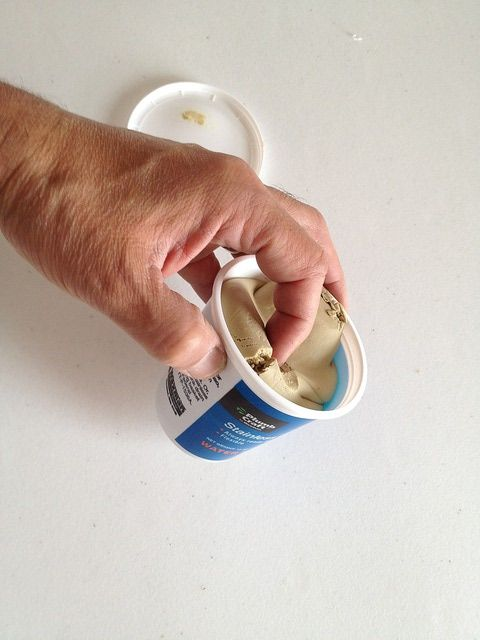
Plumber’s Putty – When Not to Use It
Plumber’s putty is a malleable material that is used for a wide variety of tasks around the home. From installing faucets to sealing shower drains, plumber’s putty can be an incredibly useful tool in your plumbing toolkit. However, there are certain situations where plumber’s putty should not be used. Let’s explore the reasons why.
Plumber’s Putty and Waterproofing
One of the most common uses for plumber’s putty is creating a waterproof seal between two surfaces. However, plumber’s putty is not actually waterproof and should not be used as such. If you are looking for a waterproof seal, you should use silicone caulk instead as it will provide a much stronger seal that will last much longer.
Plumbers Putty and Porous Materials
Another situation in which plumbers putty should not be used is on porous materials like wood or concrete. The malleable nature of plumbers putty means that it can easily sink into the pores of these surfaces, resulting in an incomplete seal that may leak over time. In these cases, you should use silicone caulk or other more durable materials like epoxy or acrylic resin to ensure a complete and long-lasting seal.
Plumbers Putty and Hot Applications
Finally, plumbers putty should never be applied to any applications involving hot water or steam as it cannot withstand extreme temperatures and may melt away over time due to its malleable consistency. In situations like these, high-temperature silicone caulk or fiberglass mesh tape are better alternatives as they can handle heat up to 500 degrees Fahrenheit without melting away or breaking down over time.
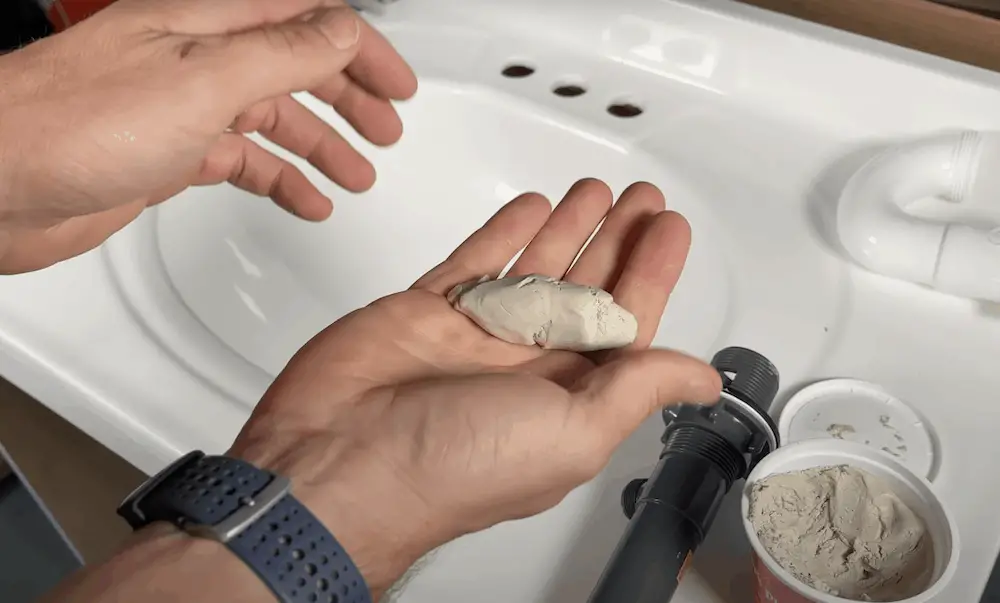
Alternatives To Plumber’s Putty
If you’re looking for alternatives to plumber’s putty that offer superior adhesion and flexibility, there are several options available on the market today including silicone caulk, epoxy sealants, foam tape sealants, and thread locker compounds.
Silicone caulk is ideal for sealing joints between two surfaces that don’t move around much or will be exposed frequently to moisture or chemicals as it has superior adhesion properties and excellent resistance against corrosion and water damage—and unlike plumber’s putty it won’t harden over time so your joints will remain sealed indefinitely without needing frequent repairs or replacements.
Epoxy sealants are also great alternatives since they offer superior adhesive properties while still providing flexibility; however they take longer than silicone caulk to dry so make sure you plan accordingly before beginning your project!
Foam tape sealants are another option which provide excellent insulation while still allowing some movement between components; however they may need replacing more often than other types of sealant due weathering over time so make sure you check them regularly for signs of wear and tear.
Finally thread locker compounds are great choices if you need something that provides extra security but doesn’t require too much flexure; however make sure you read up carefully on how best to apply them before starting your project as improper application could result in damage down the line!
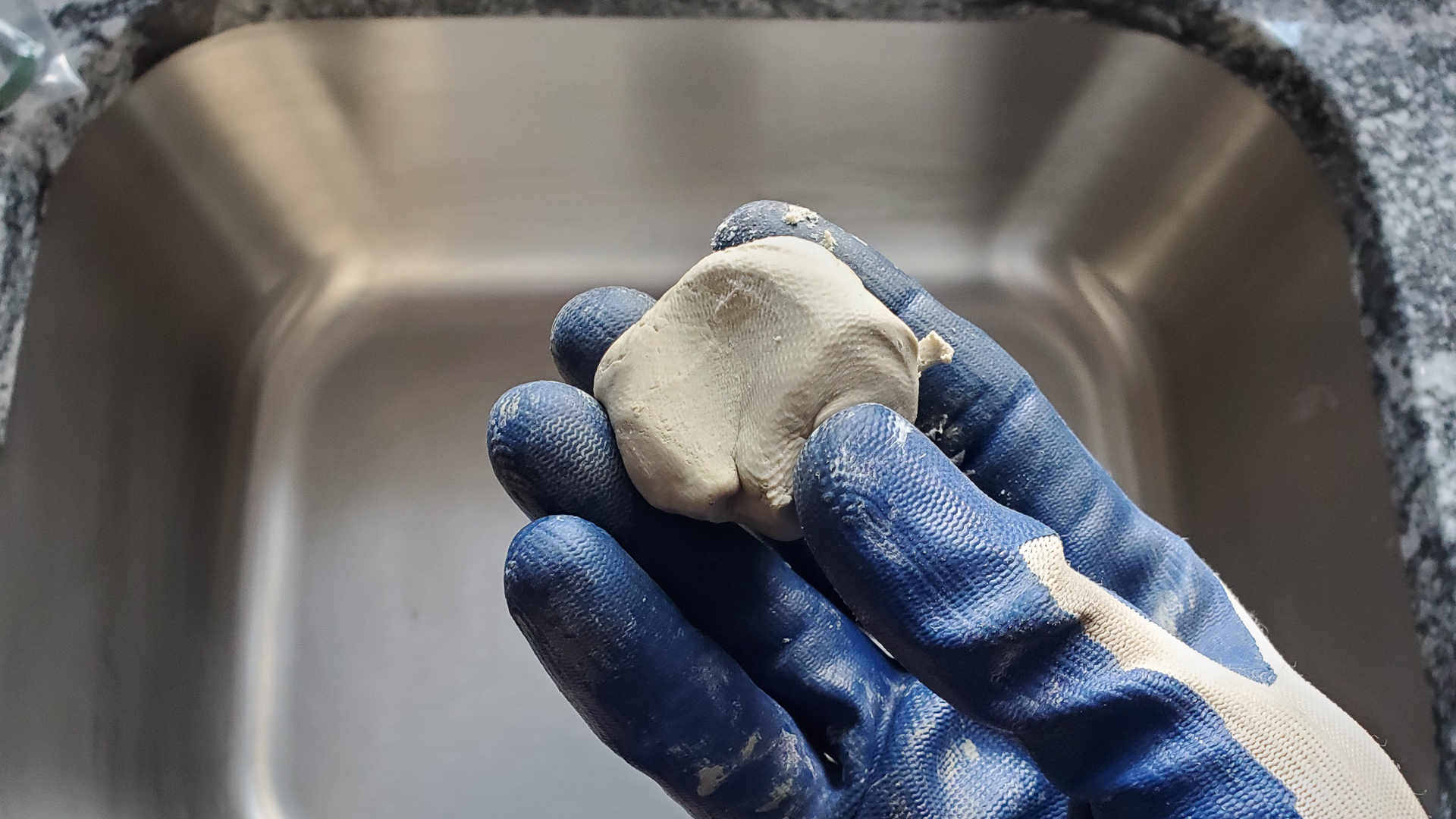
How To Use Plumber’s Putty
First, examine the material you’re dealing with and pinpoint its compatibility with plumber’s putty. Next, choose between a non staining formula or regular plumber’s putty based on your specific needs.
Then, after retrieving an appropriate amount of putty, ensure the container is sealed tightly to maintain the cleanliness of the remaining putty.
Now, get hands-on and mold the putty into a half-inch-thick rope strand.
Finally, bring that strand full circle – quite literally – by wrapping it around the flange of your installation project to create the seal. Plumbers putty remains soft, so if you mess up, try again!
When You Should Use Plumber’s Putty
Plumbers putty is an easy to use, soft material, that has many uses. When you’re setting frames, plumbing fixtures and faucets, toilets, basket strainers, or even just setting bowls or any other similar items, plumbers putty will get the job done. Some people also use plumbers putty when they’re installing flange to pipes, but remember plumbers putty should not be used on plastic materials. When using plumbers putty, read the manufacturers guide before it’s installed and you won’t have any problems!
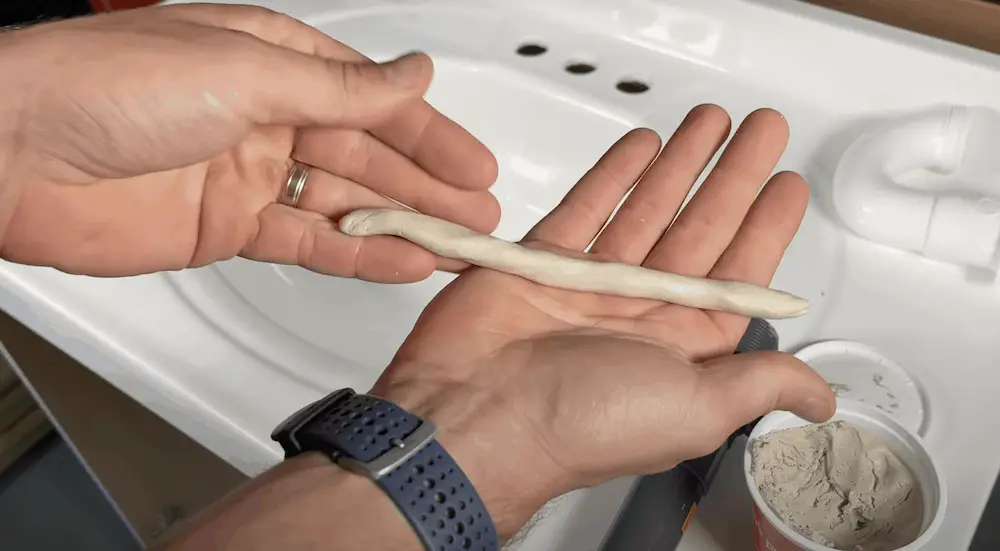
Advantages and Disadvantages of Plumbers Putty
Plumbers putty is a versatile and essential tool in every plumber’s toolkit, but is it always the best option for your plumbing needs? There are numerous pros and cons to consider before making a decision.
First, the pliability of plumbers putty makes it easy to apply, even in tight spaces, ensuring a watertight seal around pipes and other plumbing fixtures. This can save you time, money, and potential headaches from leaks. However, this pliability can also be a disadvantage, as plumbers putty may deteriorate over time, requiring re-application.
Additionally, certain types of plastic and porous materials may be incompatible with plumbers putty, necessitating the use of other sealing options like silicone caulk. While plumbers putty is stain-free and doesn’t leave behind residue, it should not be used on visible areas like sinks or countertops, as it can draw attention to unsightly gaps.
In conclusion, while plumbers putty is a highly useful solution for many plumbing situations, it’s wise to consider the potential drawbacks and assess which method of sealing is best suited for each specific job.
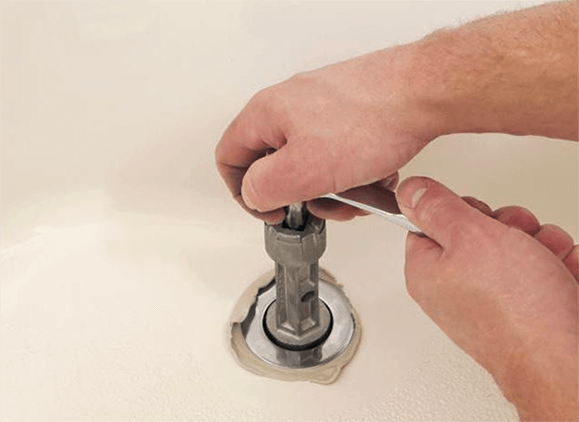
Conclusion
Plumber’s putty is an incredibly versatile tool that can help with many different types of plumbing repairs or installations. From sealing sink drains to creating watertight seals around pipes, plumbers’ putty is an essential tool for any DIYer or professional looking to do some truly effective maintenance work.
With just a few simple steps you can have your project completed in no time! So next time you have a plumbing repair job on your hands don’t forget about this handy material!
Make Maryland Sewer & Plumbing Your Go-To for All Your Plumbing Needs
When a plumbing issue arises, you need an experienced professional to take care of it. That’s why Maryland Sewer & Plumbing is the perfect choice for all your plumbing needs.
With a team of experienced technicians available 24/7 and over 35 years in the business, Maryland Sewer & Plumbing has you covered no matter what plumbing job you have.
Whether it’s a simple fix or a complex repair job, let Maryland Sewer & Plumbing help you out with all your plumbing needs.
With their extensive experience in the industry, top-notch customer service, wide range of services offered, and availability 24/7 for emergencies—you really can’t go wrong choosing this reputable company! Reach out today for a free estimate or give us a call anytime if an emergency should arise!




